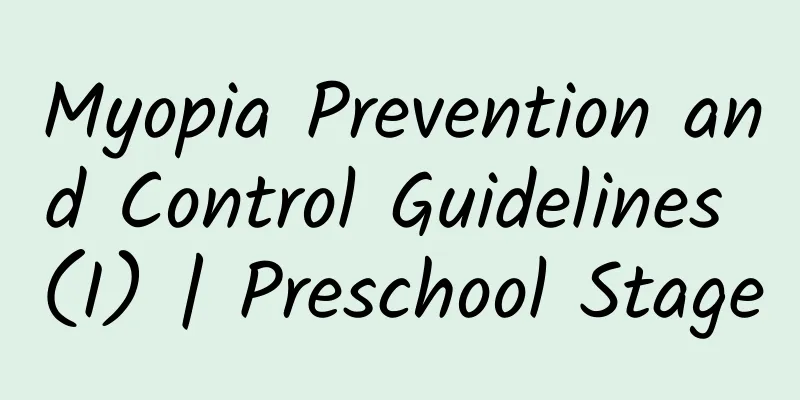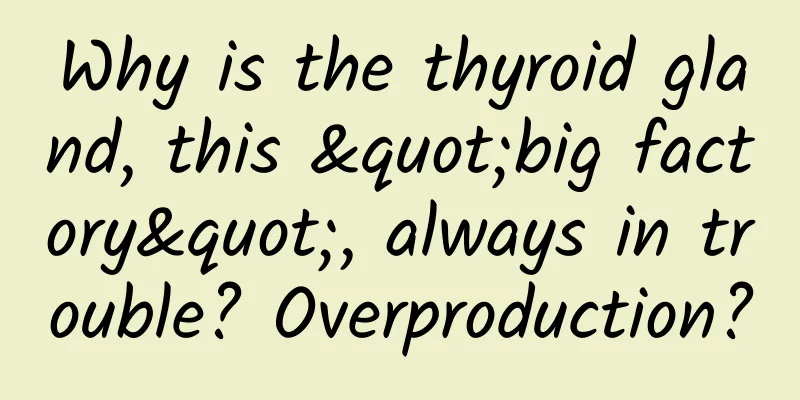Is there a big difference between Kaohsiung and Polycystic Disease?

|
Modern women face tremendous pressure in life, which leads to various health problems. In particular, problems with the endocrine and reproductive systems are the most common and the most harmful. For example, kakaloandremia and polycystic ovary disease are relatively harmful and often bring great physical pain and mental torture to women. However, is there a big difference between kakaloandremia and polycystic ovary disease? Let's take a look at the explanation below. The characteristic of polycystic ovary syndrome is high androgen, which is testosterone (T). In other words, hyperandrogenemia is polycystic ovary syndrome.Patients with polycystic ovary syndrome will have slightly elevated androgen levels, which may affect the female's pregnancy physiology. However, given the current universal accuracy of androgen testing, it is meaningless to screen for this slightly elevated androgen level in a group with normal ovulation. Relative levels of androgens should not be used to guide clinical medication in the PCOS population. For patients with polycystic ovary, drug intervention targeting androgen can be carried out before ovulation induction, such as Diane 35, but there is no need to refer to the androgen detection level.When there are signs of elevated androgen levels, such as hair growth around the anus, around the nipples, in the umbilical cord, and on the upper lip. It is more meaningful than simply testing the level of androgen. Because the test itself is unreliable, because under certain conditions, different measurements will give different values. That is to say, when you measure it, you may get this value or that value, and the value you get is uncertain. This is the uncertainty principle in the logical world. Therefore, these data are meaningful for statistical analysis of clinical manifestations in the diseased population, but their significance for guiding medication for individual clinicians becomes relatively limited. The key to dealing with this problem is to focus on treatment rather than detection. Regardless of whether PCOS has hyperandrogenism, it is recommended to use Diane 35 for 3 to 6 cycles before using ovulation-inducing drugs, so why bother about a slight increase in androgen due to inaccurate measurement? The clinical significance of using Diane 35 is not only to reduce the level of androgen accumulated in the body of patients with PCOS. |
<<: What is the fastest way to lose weight with polycystic ovary syndrome?
>>: What are the symptoms of pregnancy?
Recommend
Can cupping be used to prepare for pregnancy?
Many people think that they should not do cupping...
Leucorrhea is yellow and has a fishy smell but does not itch
Leucorrhea is a secretion of the female reproduct...
Taking the wrong medicine may be life-threatening? Effervescent tablets, capsules... How should different types of medicine be taken?
With the rapid development of material conditions...
What are the sensitive parts of girls?
Influenced by traditional ideas, most women are r...
What to do if there is hydrops at the distal end of the fallopian tube
If hydrops of the distal fallopian tube occurs, i...
How to recover from cesarean section wound
Many of our mothers are pregnant for ten months a...
Leucorrhea mostly in strips
Leucorrhea is also an important secretion in the ...
What is the cause of a small pimple on the cervix?
Whether the cervix is healthy is closely relate...
Detailed explanation of dietary precautions for gallstones, a must-read for patients!
Gallstones are a common disease in life. This dis...
White particles on vulva
As one of the important organs of women, the vulv...
Why does my menstrual flow decrease? These 6 reasons are most likely
When the menstrual flow decreases, female friends...
Can pregnant women use clotrimazole vaginal tablets?
Clotrimazole vaginal suppositories have a good ef...
Why does a pregnant woman have bloody nasal discharge?
Pregnancy health is one of the more common proble...
What to do if your face is swollen during pregnancy
When a woman becomes pregnant, her body will unde...
Why does my stomach keep growling during confinement?
The confinement period is the best time for mothe...









